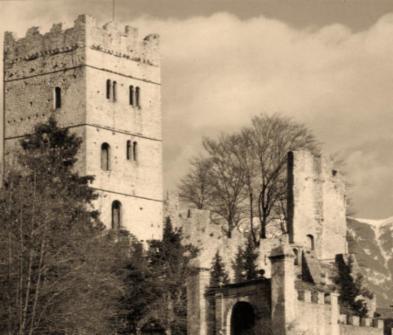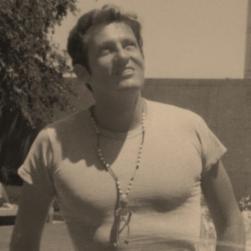
The castle at Vittorio Veneto
where the author first met Albino Luciani
`
`
`
`
`
He spent his professional career in the paper industry and was an American industrialist operating in Central America dealing with the same banks the Vatican was involved with when the 'Great Vatican Bank Scandal' a and the 'Revolution of the Poor' he speaks of in this book took place.
`
In humanitarian work as founder of organizations affording education to impaired children, he has served on boards of secondary schools and universities.
.
He spent his military years as an intelligence officer operating out of the Pentagon in the Arctic Circle and Europe (NATO).
`
`
 ``
``
``
An undercover agent in Vittorio Veneto
```
`Gregoire made the acquaintance of John
Paul I when the Pope, a little-known bishop of a remote mountain
province in Northern Italy, was leading a worker movement - every man an equal share - that eventually gave rise to the Communist Party in the Italian polls.
.
He once told a reporter.
"Aside
from events of his childhood and seminary days told
me by Albino Luciani when he was bishop of Vittorio Veneto, I have said
nothing here that has not been said before me in the writings of this good man and in the press which
recorded his every move for the twenty years that he was a bishop, a cardinal
and a pope. All that is to my credit is, for the first time, the
record has been brought together in one place."
.
He told another reporter:
"The Internet is a great friend of my work.
"Twenty years ago, most readers would think I was smoking grass as few
would take the time to go to the library microfilm to check me out.
Today, readers can proof my work with a click of a mouse in The Murder of John Paul I."
`_____________
``
`
contact
contact
George Lucien Gregoire emailto:vatican@att.net
University of Maryland voice: (1) 410 625 9741
38 South Paca Street, # 403
Baltimore Maryland 21201